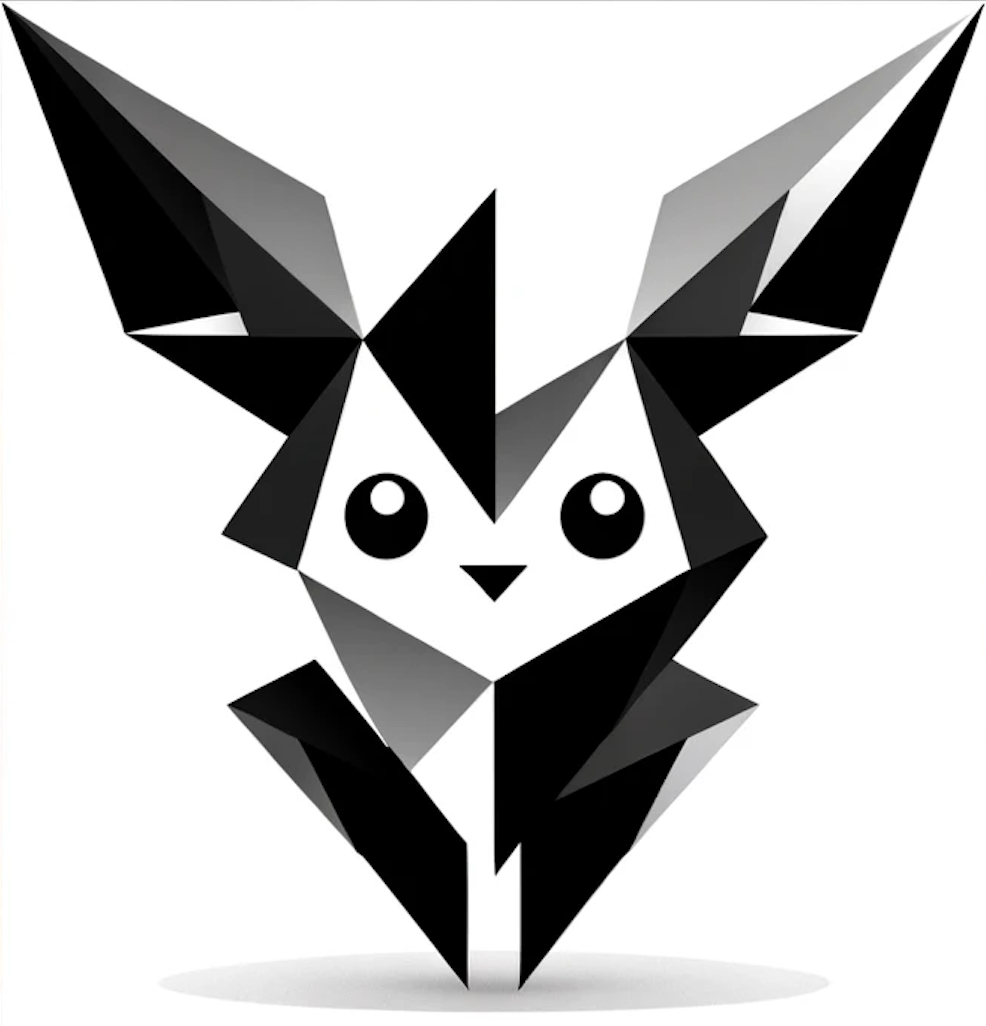In the realm of digital creativity, a groundbreaking development has emerged: an image-to-video platform powered by Artificial Intelligence. This innovative technology is not just transforming how we create and interact with digital media; it’s redefining the boundaries of our creativity.
What is Image-to-Video Generation Using AI?
Image-to-video generation using AI is a process where artificial intelligence algorithms convert still images into dynamic videos. It involves sophisticated machine learning techniques, including deep learning and neural networks, to understand and animate still images in a realistic and seamless manner.
- Deep Learning and Neural Networks: At the heart of this technology are deep learning models, particularly Convolutional Neural Networks (CNNs) and Generative Adversarial Networks (GANs). These models are trained on vast datasets of images and videos to learn how various elements in an image can realistically move and interact.
- Frame-by-Frame Animation: The AI analyzes the key features of a static image and predicts how these elements would move over time. It then generates multiple frames, creating a fluid motion that brings the image to life.
- Realism and Customization: Advanced algorithms ensure the movements are not just fluid but also realistic, adhering to the laws of physics and the natural movement of objects. Users can often customize the type of motion or animation based on the context of the image.
Practical Applications
The applications of this technology are vast and varied:
- Marketing and Advertising: Businesses can create dynamic ads from static images, making their marketing campaigns more engaging.
- Film and Animation: Filmmakers and animators can use this technology to create realistic scenes or animations without extensive manual effort. Runway AI is a great example.
- Education and Training: Educational content can be made more interactive, helping to illustrate complex concepts through motion.
- Personal Entertainment: Individuals can bring their photographs to life, creating unique, animated memories.
Challenges and Ethical Considerations
While the potential of image-to-video AI is immense, it also comes with challenges:
- Quality and Accuracy: Ensuring the generated video maintains high quality and accuracy in representation.
- Ethical Use: There’s a risk of misuse, such as creating deepfakes, which raises ethical concerns about the authenticity of video content.
Conclusion
The image-to-video AI platform is not just a technological marvel; it’s a canvas for our imagination, allowing us to bring static images to life in ways we never thought possible. As this technology evolves, it holds the promise of redefining storytelling, advertising, education, and personal expression, all through the lens of AI-driven creativity.
Imagine the possibilities and explore how you can integrate this cutting-edge technology into your creative endeavors. The future of digital media is not just about watching the world; it’s about bringing it to life.
Check out other AI tools:
Read related articles:

